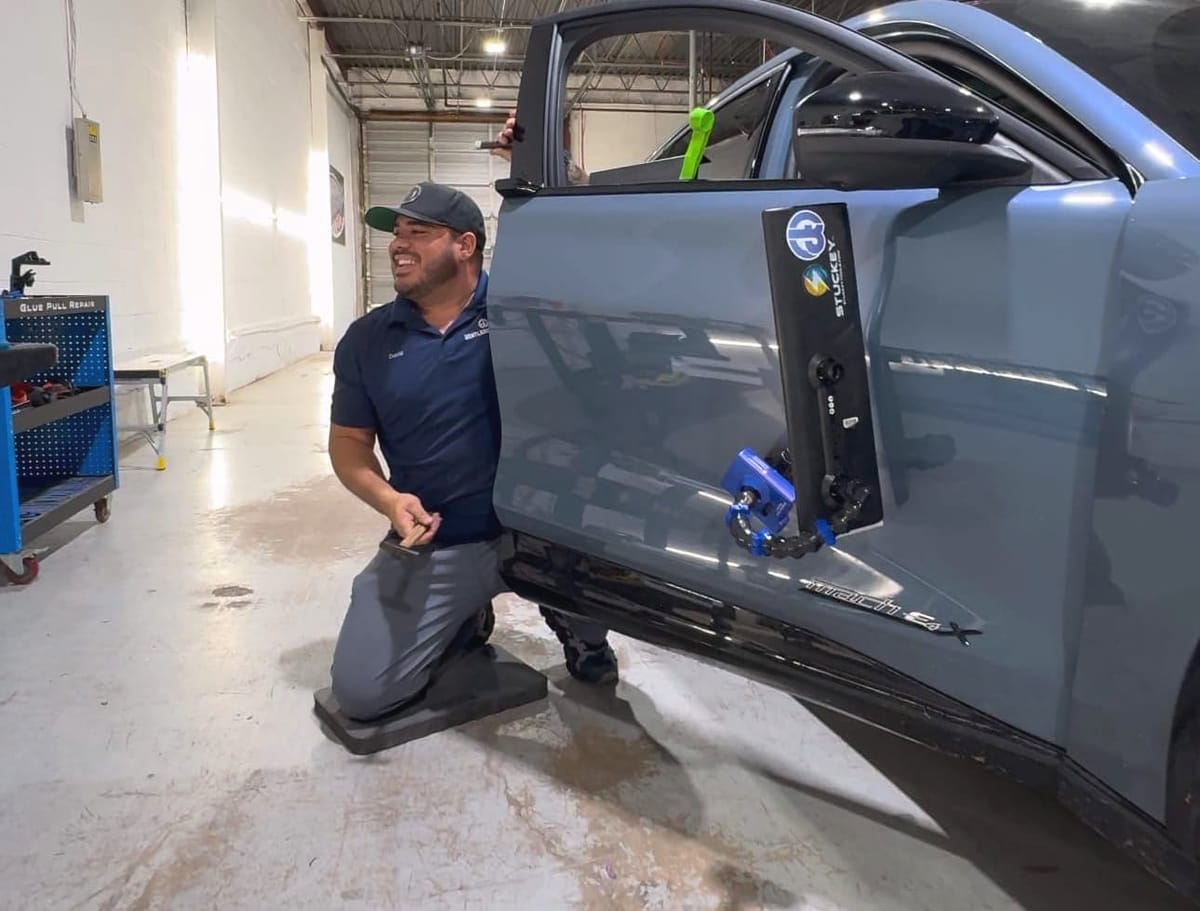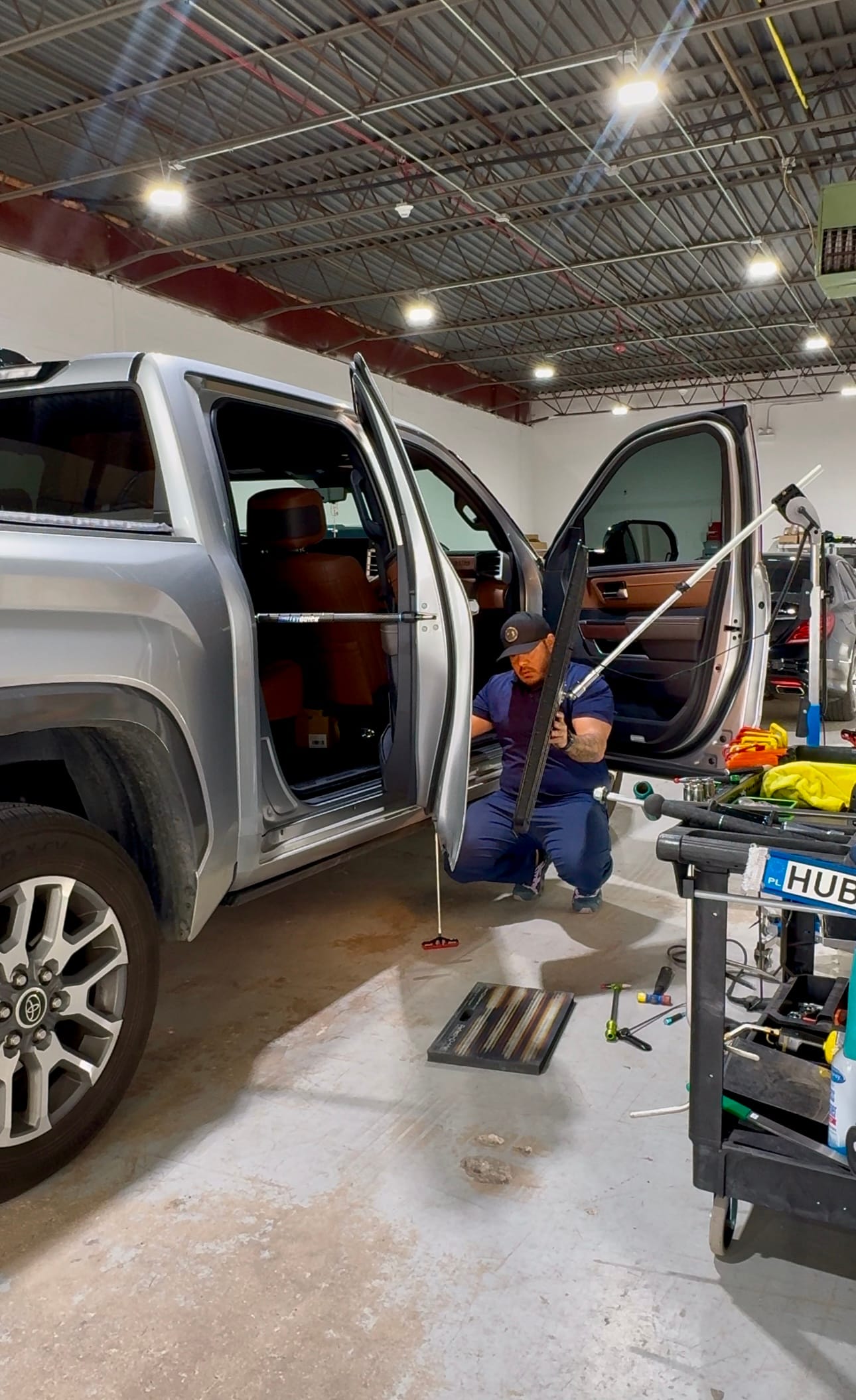Active Understanding vs. Going Through the Motions: The Key to Mastering Paintless Dent Repair

Going Through the Motions
This is when a trainee mechanically performs the steps without truly engaging their mind. They might follow instructions to the letter—setting up their light, placing their tool, or tapping down high spots—but without asking themselves WHY they are doing it. The work may look passable at first, but there’s no depth to their understanding. They're relying on repetition alone, which limits growth and makes it harder to adapt to new challenges.
Signs of going through the motions:
- Repeating techniques without improving.
- Relying on guesswork rather than strategy.
- Focusing on finishing fast instead of correctly.
- Frustration when something doesn’t “just work.”
Active Understanding
Active understanding is about being mentally present and truly comprehending the principles behind each action. It's not just WHAT you do but WHY you do it. For example, when you place your light, you’re considering angles, reflections, and the unique contours of the panel. When you push, you’re reading the metal, observing how it reacts, and adjusting pressure accordingly. You’re learning to “see” the repair in your mind before your tool even touches the panel.
Key aspects of active understanding:
- Asking questions about each step: "Why is the light set here?" "What is the tool's leverage?"
- Observing how the metal reacts to every push or tap and adjusting in real time.
- Reflecting on results: "Did my approach work, and if not, what will I do differently?"
- Developing intuition over time, allowing for quicker, smarter decisions.

Why Active Understanding Matters
PDR is not just a physical skill—it’s an art and a science. Metal memory, light theory, tool control, and panel design all play a role. If you’re just going through the motions, you’ll struggle when a dent doesn’t fit the "textbook" scenario. But when you engage with the process, you build problem-solving skills, creativity, and confidence.
An Example:
Imagine two technicians working on the same dent.
- The “motion” technician places their tool and pushes at random spots, hoping to hit the mark. They spend more time fixing mistakes than making progress.
- The “understanding” technician studies the light reflection, pinpoints the exact low spot, and uses controlled pushes. They learn from each repair, gradually becoming faster and more precise.
At Dentless Touch, it’s our job to foster this active understanding. Asking our team WHY they’re making a decision, challenge them to think critically, and encourage them to reflect on their results. This mindset will carry them far beyond the basics, setting them on a path to mastery.
Comments ()